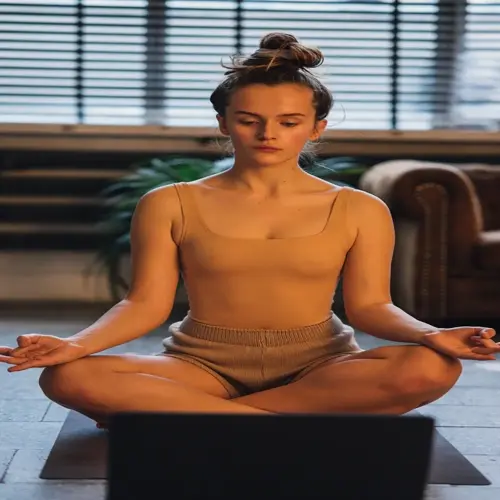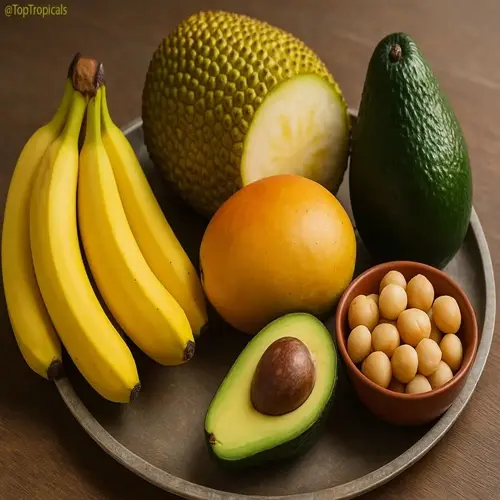How does skin type affect sun exposure needs?

Written by
Leilani Ibeh
Reviewed by
Prof. Graham Pierce, Ph.D.The Fitzpatrick skin type plays an important role in determining how long it is safe to expose the skin to the morning sunlight. The amount of melanin in the skin governs the absorptive capacity for the sun's ultraviolet rays. Fair skin requires protection after just a few minutes of exposure, while darker skin can tolerate longer exposure. This biological difference plays a crucial role in determining the efficiency of vitamin D production and the incidence of skin cancer.
Type I-II (Fair)
- Always burns, never tans - minimal melanin protection
- Highest skin cancer risk category
- UV penetration reaches deeper skin layers rapidly
Type III (Medium)
- Burns moderately, tans gradually
- Moderate vitamin D conversion efficiency
- Requires careful exposure balancing
Type IV-VI (Dark)
- Rarely burns, tans easily - high melanin protection
- Slower vitamin D synthesis requiring longer exposure
- Lower skin cancer risk but still vulnerable
Assessing skin types can be done through simple visual observation. My skin type is type I, and I burn constantly, often developing freckles, skin type III tans after an initial pinkness. Skin type VI is characterized by never burning and deep pigmentation. I advise my clients to start slowly and gradually increase their exposure, depending on their skin reaction. The name of the game is consistency and not duration.
Take into account adjustments for seasonal changes and location. In winter, due to reduced UVB radiation, longer exposures are required. Higher altitudes increase UV radiation. Darker skin near the equator may need less exposure than light skin in the more northern latitudes. Observe the local UV conditions daily through a reputable weather service.
Use timers on your phone for safe implementation. Use your sunscreen after the exposure window specific to your skin type. Apply to vulnerable areas first, such as the face and shoulders. Walk with this for added benefits. Remember, your body will plateau with production after attaining optimal levels of exposure. Additional exposure will only increase risk with no further benefit.
Read the full article: 10 Morning Sunlight Benefits for Health and Wellness

